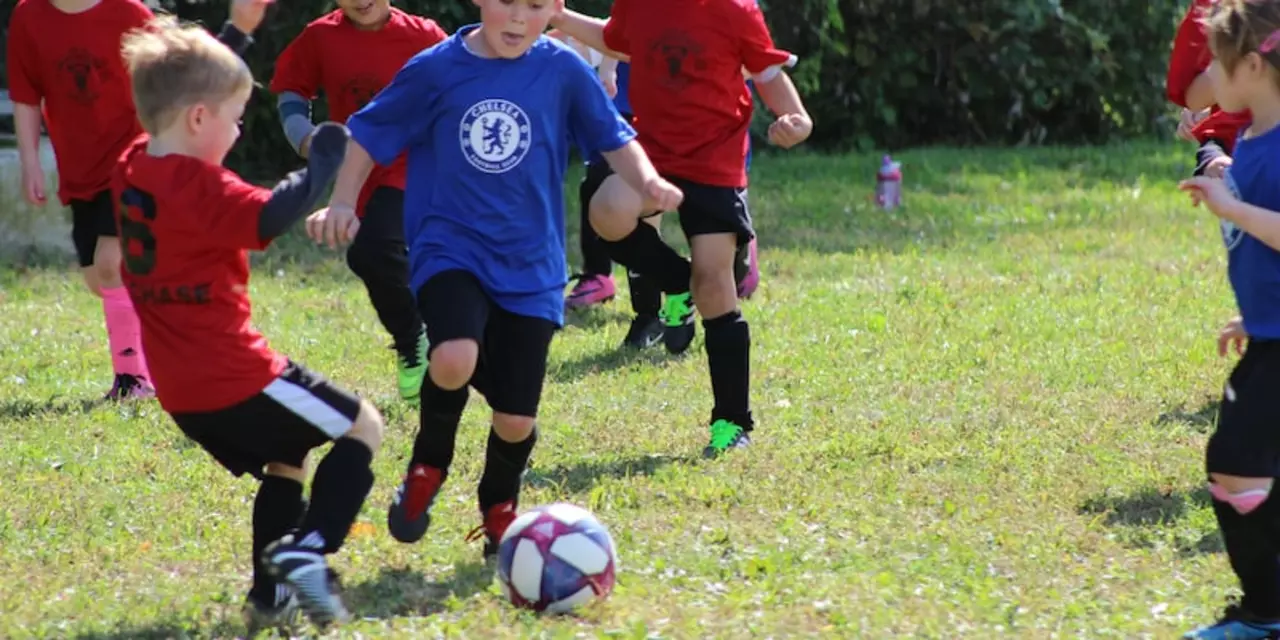Sports Coaching: Mastering Soccer Leadership & Team Dynamics
When you think about Sports Coaching, the practice of guiding athletes to improve performance, build teamwork, and achieve goals, the first image that comes to mind is a blend of strategy, psychology, and hands‑on drills. Also known as athlete mentorship, it’s the engine that turns raw talent into a cohesive unit. Working with soccer, the world’s most popular team sport, a coach must balance tactical awareness with personal growth, ensuring every player knows their role while staying motivated under pressure.
Key Elements of Effective Coaching
Leadership, the ability to inspire, direct, and hold a team accountable sits at the heart of any successful program. A coach who leads by example sets the tone for discipline, work ethic, and resilience. Coupled with strong communication, clear, consistent exchange of ideas between coach and players, these skills create an environment where feedback is welcomed and mistakes become learning moments. Imagine a midfield captain who reads the game, shouts instructions, and rallies teammates after a missed chance—that’s the type of on‑field leadership a coach cultivates. Beyond the obvious, effective Sports Coaching demands a focus on player development. This includes technical drills that sharpen ball control, tactical sessions that teach positioning, and mental training that builds confidence. When a player learns to anticipate an opponent’s move, they become a "engine" that drives the whole side forward. Coaches also need to understand team dynamics: the chemistry between a striker and winger, the trust between defender and goalkeeper, and the balance of egos in the locker room. By mapping these relationships, a coach can assign roles that maximize strengths and cover weaknesses. Practical tactics matter too. Setting up a high‑press system, rotating squad members to keep freshness, and using video analysis for post‑match reviews are all tools in a coach’s arsenal. Each of these elements links back to the central goal: improving performance while keeping players engaged. In pressure situations—like a tight cup final—calm decision‑making and clear instructions become decisive. Coaches who have honed these habits see their teams stay composed, adapt quickly, and often turn games around. In short, the collection below dives deep into how you can become the "engine" of your soccer side. Expect actionable tips on leadership, communication drills, mental resilience exercises, and tactical setups that you can start using tomorrow. Whether you’re a youth coach, a semi‑pro manager, or just a passionate player looking to lead, the articles ahead will give you the practical insight you need to step up your game.

How do I become the engine of my soccer team?
Becoming the engine of a soccer team requires tremendous dedication and commitment to the game. It requires dedication to learning and understanding the game, as well as physical and mental training. Players must be able to read the game and anticipate what is going to happen next. They must also be able to communicate effectively with their teammates and opponents. Finally, they must be able to stay calm and focused during pressure situations. All these elements combine to form the engine of a soccer team.
Read More